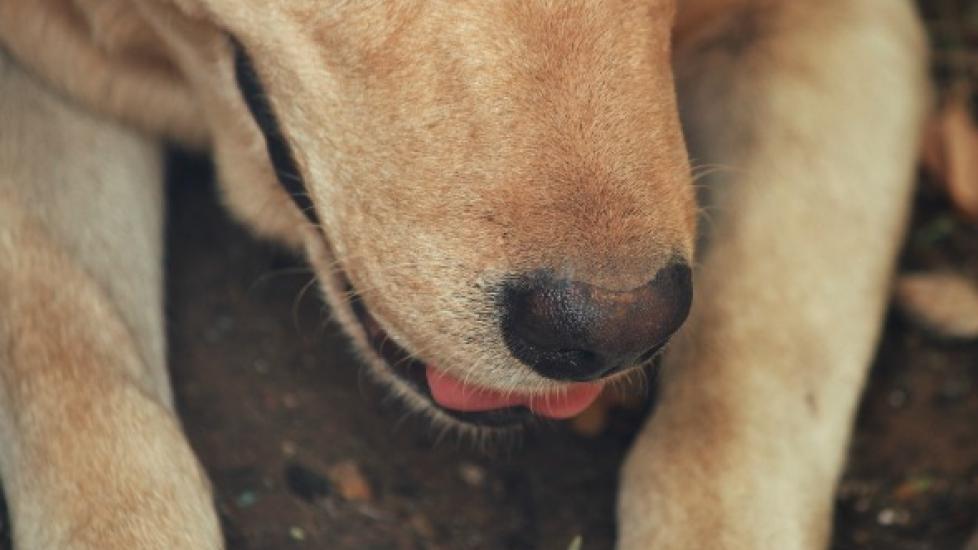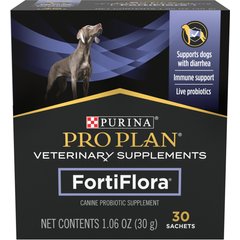Chylothorax in Dogs
Chylothorax in Dogs
Chylothorax is a condition that results from the accumulation of lymphatic fluid in the chest cavity where the heart and lungs reside (pleural cavity). The main culprit of this condition is chyle, a digestive fluid that is formed in the small intestine and conveyed by the thoracic duct to the veins. En route to the veins, chyle can leak into the chest cavity, accumulating there and causing excessive pressure on the chest and its organs.
Chyle is a milky to slightly yellow fluid made up of lymph and fats from the intestines and transferred to the circulation through the thoracic duct (the main trunk of the lymphatic system, which crosses the chest near the spine and empties into the circulation system). Lymph is a watery fluid that is produced by the tissues of the body and which contains white blood cells, which are essential for protecting the body. Lymph travels through the lymphatic vessels, transporting lymphocytes (white cells that function specifically for cellular immunity) and fats from the small intestines to the blood stream. Commonly, when chyle has accumulated in the chest cavity, blockage or obstruction of the lymphatic vessels will occur, causing the vessels to dilate and affecting the tissue that covers the lungs and lines the inner chest cavity. This tissue becomes inflamed and scar tissue forms, narrowing the space and constricting the lungs. Severe breathing problems may result.
The Afghan Hound and Shiba Inu breeds are most often affected by this disorder. Age does not seem to determine likelihood, however, in Afghan Hounds, it tends to develop when they are middle-aged, and in Shiba Inus younger than two years.
The condition or disease described in this medical article can affect both dogs and cats. If you would like to learn more about how this disease affects cats, please visit this page in the PetMD health library.
Symptoms and Types
Symptoms can vary according to the underlying cause, how rapidly the fluid has accumulated, and the volume of fluid present. Struggling with breathing is the first sign of a problem, but if fluid has accumulated gradually, the condition may have existed before the appearance of breathing problems. There are several other attendant symptoms that can be taken into account when looking for the underlying cause of the breathing problem. Your dog may present some, or all, of these symptoms:
- Coughing
- Rapid breathing
- Increased lung sounds
- Muffled heart and lung sounds
- Irregular heartbeat
- Heart murmur
- Inability to exercise
- Depression
- Anorexia and weight loss
- Pale gums and mucous membranes
- Bluish discoloration of the skin
Vet Recommended Health Support
- Purina Pro Plan Veterinary Diets FortiFlora Powder Probiotic Digestive Supplement for Dogs, 30 count$30.99Chewy Price
- VetClassics Pet-A-Lyte Oral Electrolyte Solution Dog & Cat Supplement, 32-oz bottle$18.53Chewy Price
- Nutramax Welactin Omega-3 Liquid Skin & Coat Supplement for Dogs, 16-fl oz$27.99Chewy Price
- Fera Pets USDA Organic Pumpkin Plus Fiber Support for Dogs & Cats, 90 servings$34.95Chewy Price
Causes
The cause of chylothorax is usually unknown, but some of the instigators that have been found to cause it have been masses in the chest cavity (tumors), nodular lesions caused by a fungal infection, blood clots in veins, heart surgery, heart disease, and heartworm disease. There may also be a congenital element in the formation of this disease, and is suspected to be so for some breeds. But in general, the cause is usually classified as idiopathic (of unknown origin).
Diagnosis
Your veterinarian will need to draw some fluid from the chest. If chyle is found in the fluid, it will help your doctor to draw a firm conclusion as to the cause. Before fluid is withdrawn, your doctor may want to perform an ultrasound examination on the chest to check for masses in the internal chest cavity, and to check the heart and its structural condition to ensure that the correct diagnosis is made. X-ray imaging of the chest, before and after fluid has been removed, will present your veterinarian with a clear direction in which to progress. Further imaging may include a computerized axial tomography (CAT) scan using a dye injection that will provide a visual point of reference as it travels through the system to reveal more accurately any blockages or obstructions.
Treatment
Treatment will depend on the underlying cause, but a pleural tap to remove fluid from the chest cavity and improve breathing will be one of the primary actions.
If the fluid has accumulated rapidly as the result of a trauma, chest tubes will be used to quickly relieve the pressure from the chest organs and prevent dilation of the lymphatic vessels. If accumulation of fluid continues, your veterinarian will need to continue the use of tubes to keep the chest clear, and will probably recommend surgery. The most common and effective surgical treatment is to bind the thoracic duct, and remove a part of the membranous sac that envelopes the heart. Continued use of chest tubes after surgery is likely until your doctor is confident that the chest cavity will remain clear on its own.
Also, depending on the underlying cause, your veterinarian may prescribe medications for treatment, post-treatment, or maintenance.
Living and Management
Ongoing care and maintenance will include periodic pleural taps to remove fluid from the chest cavity. Even if your dog recovers, you will want to have it evaluated from time to time for several years. Asking your veterinarian to do this during routine exams should be sufficient, unless your are advised to do otherwise. You will need to monitor your dog carefully for breathing problems or for the recurrence of attendant symptoms (see description of symptoms above). Chylothorax will sometimes resolve spontaneously, or after surgery, but for some dogs there is no effective treatment that will resolve it.




